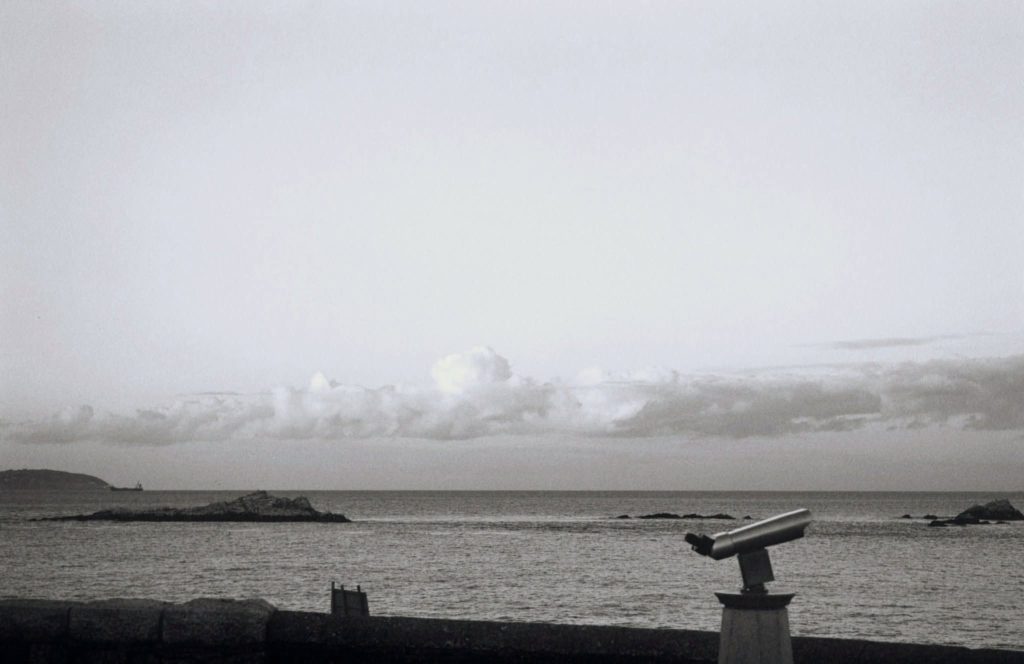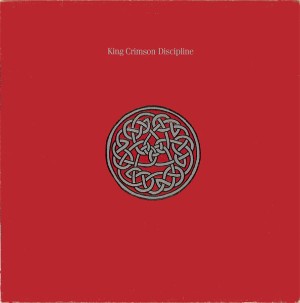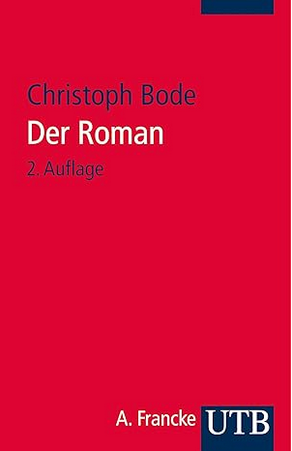„But then one may come to appreciate this result after all. It means that, given any closed surface, we can represent all that happens inside it by degrees of freedom on this surface itself. This, one may argue, suggests that quantum gravity should be described entirely by a topological quantum field theory, in which all physical degrees of freedom
can be projected onto the boundary. One Boolean variable per Planckian surface element should suffice.“**
´t Hooft hat im Jahre 1993 einen, wie er sagt, Essay** zu Ehren von Abdus Salam geschrieben, dem Mitbegründer des Standardmodells der Teilchenphysik und der Vereinheitlichung der Beschreibung der Phänomene. Diesem Essay folgte dann sieben Jahre später das Paper The Holographic Principle***, eine absolut bemerkenswerter, phantastischer Ansatz, gründend auf dem Essay, der deutlich macht, wie und wieviel wir von black holes über den Kosmos lernen können.
Das faszinierende an dem Essay sind die spekulativen bits and pieces, die man als Würdigung, als Geschenk an A. Salam verstehen darf, daher auch die Characterisierung als Essay, was diesen Freiheitsgrad bietet. Der Begriff Dimensional Reduction wird hier bereits in den Zusammenhang mit einem Hologramm gebracht : „The situation can be compared with a hologram of a three dimensional image on a two-dimensional surface. “ Wie sagt ´t Hooft einleitend :“I am given the opportunity to contemplate some very deep questions concerning the ultimate unification..“ `t Hooft erhielt 1999 den Nobelpreis für Arbeiten im Zusammenhang mit Regularisierung und Renormierung von Eichtheorien (QED)****.
*J. Wheeler, „ein schwarzes Loch hat keine Haare“ ; ** Dimensional Reduction in Quantum Gravity, G. ‚t Hooft, Utrecht, Spinoza Institute, 1993; ***The Holographic Principle, **** G. ‚t Hooft, M. Veltman; Regularization and renormalization of gauge fields, Nuclear Physics B, Volume 44, Issue 1, 1972



